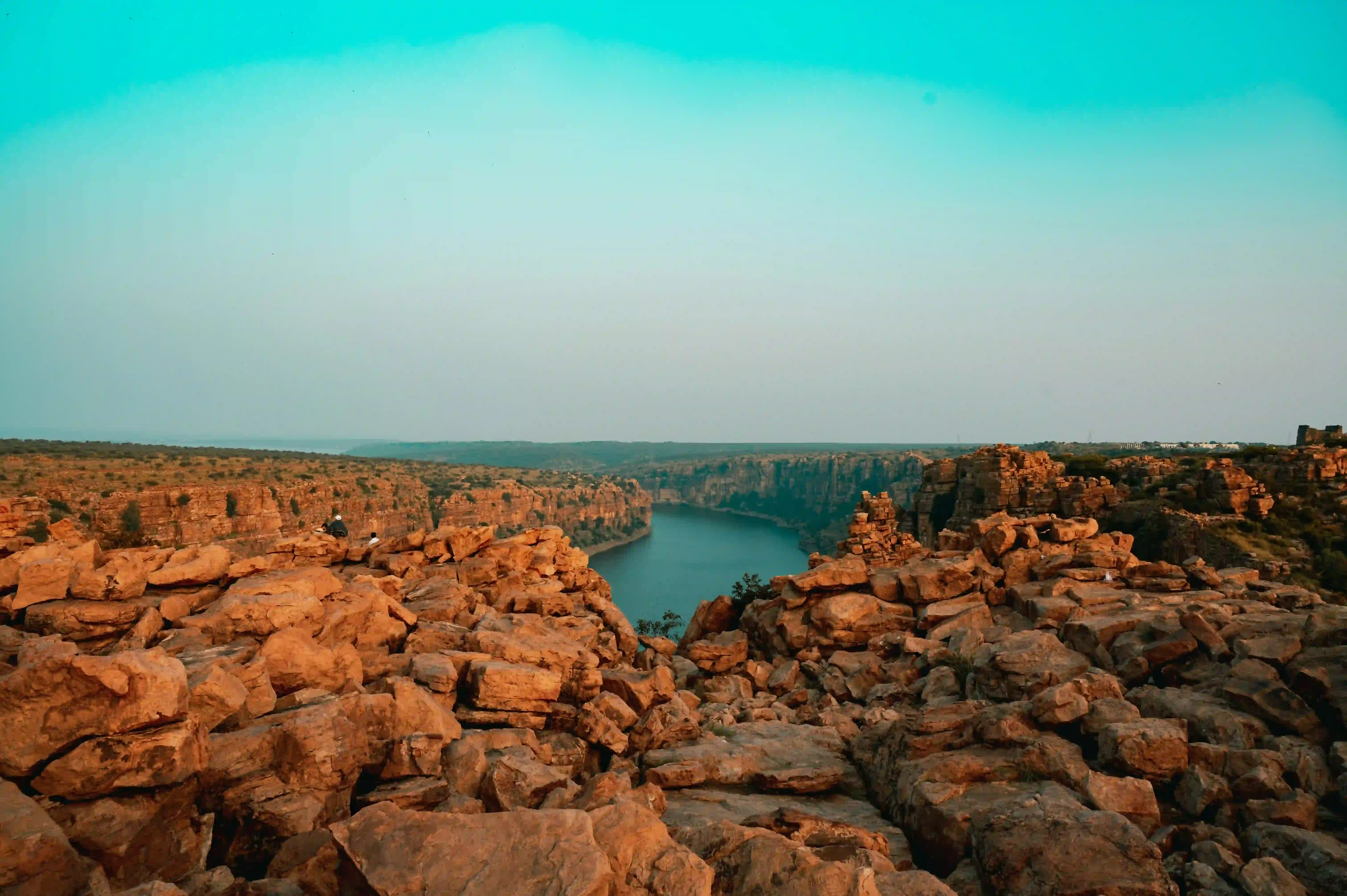The Mahatma Gandhi Marine National Park represents a critical conservation effort nestled in the Andaman Islands, embodying a profound commitment to preserving marine biodiversity. Established in 1983 under the Wildlife Protection Act, this sanctuary encompasses 15-20 islands within the Rutland Archipelago, offering a remarkable testament to ecological preservation and natural heritage.
The park's geographical location near Wandoor provides a stunning backdrop of pristine beaches, intricate mangrove forests, and vibrant coral reefs. These ecosystems support an extraordinary diversity of marine life, hosting over 271 bird species and numerous aquatic organisms. The Twin Islands within the park serve as a crucial breeding ground for sea turtles, highlighting the region's significance for wildlife conservation.
Historically, the Andaman Islands carry a complex narrative of human interaction, from early explorations by Marco Polo to the British colonial period's infamous penal colony. This layered history adds depth to the park's cultural landscape, transforming it from a mere geographical location into a symbol of resilience and natural preservation. The islands' strategic position has witnessed significant socio-political transformations, with the marine park standing as a testament to India's commitment to environmental protection.
The park's biodiversity is truly remarkable, featuring intricate coral reefs that support an extensive marine ecosystem. Visitors can explore this underwater wonderland through activities like scuba diving and snorkeling, which offer intimate encounters with the region's rich marine life. The mangrove forests provide critical habitat for numerous species, acting as natural barriers and breeding grounds for marine organisms.
Ecologically, the Mahatma Gandhi Marine National Park represents more than just a protected area—it's a living laboratory of marine conservation. The careful management by the Chief Wildlife Warden ensures that human interaction remains minimal and sustainable. Seasonal variations significantly impact the park's accessibility, with the prime tourist season running from November to February, allowing visitors to experience its natural splendor while minimizing ecological disruption.
The park's name, honoring Mahatma Gandhi, connects its environmental significance to broader national narratives of independence and preservation. This nomenclature symbolizes a profound respect for both natural heritage and cultural identity, bridging ecological conservation with historical remembrance. The park thus becomes more than a protected area—it's a living monument to India's commitment to environmental stewardship.
Conservation efforts within the park focus on protecting vulnerable marine species and maintaining the delicate balance of island ecosystems. Research initiatives continuously monitor coral health, marine migration patterns, and the impact of climate change on this fragile environment. By serving as a critical research and preservation site, the park contributes significantly to global understanding of marine biodiversity and conservation strategies.
The Mahatma Gandhi Marine National Park stands as a powerful reminder of the intricate connections between human heritage, cultural identity, and natural ecosystems. Its existence represents a commitment to preserving not just biological diversity, but also the complex narratives of place, history, and environmental responsibility. Through careful management and continuous research, this marine sanctuary continues to inspire both scientific understanding and public appreciation of our planet's remarkable marine environments.









